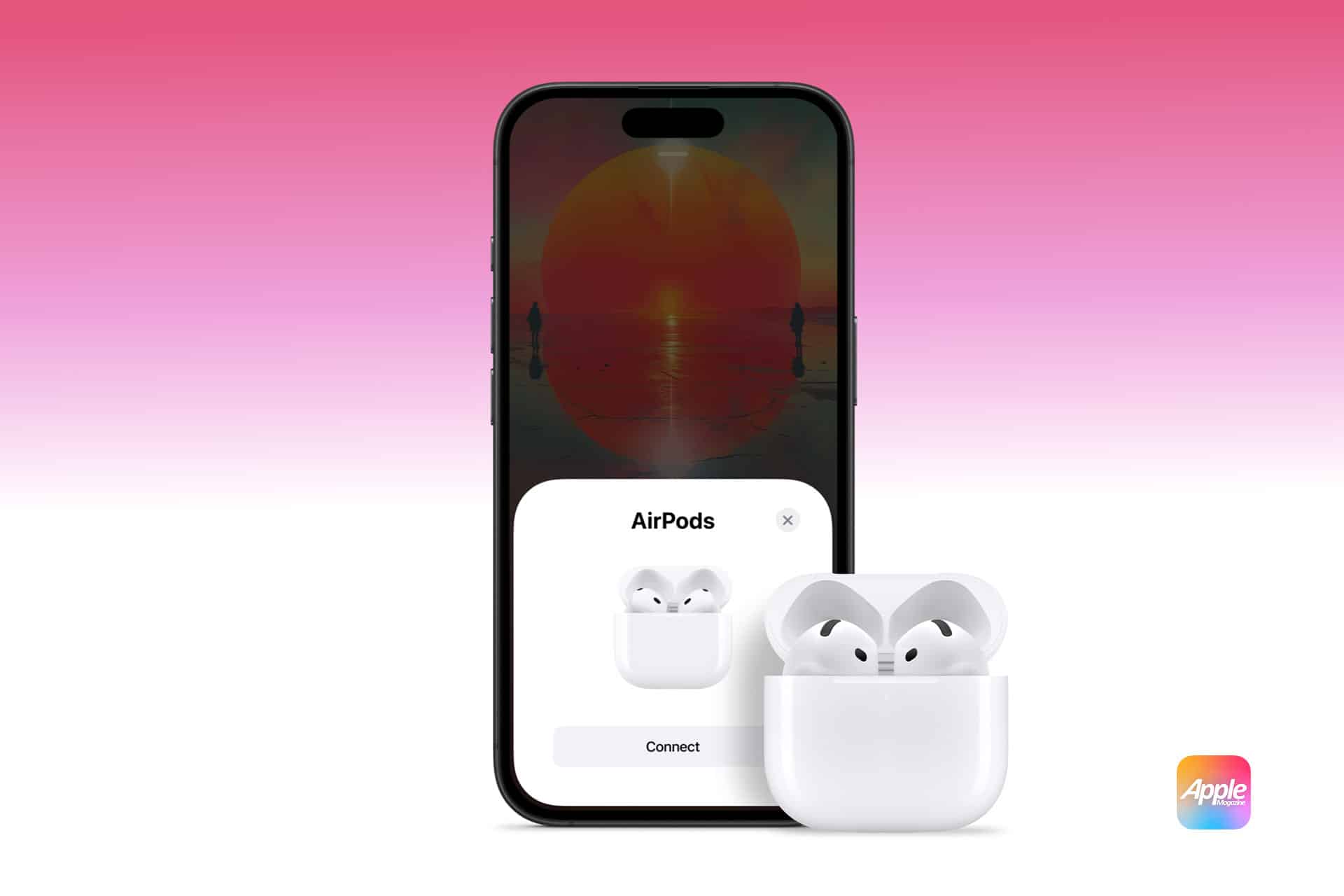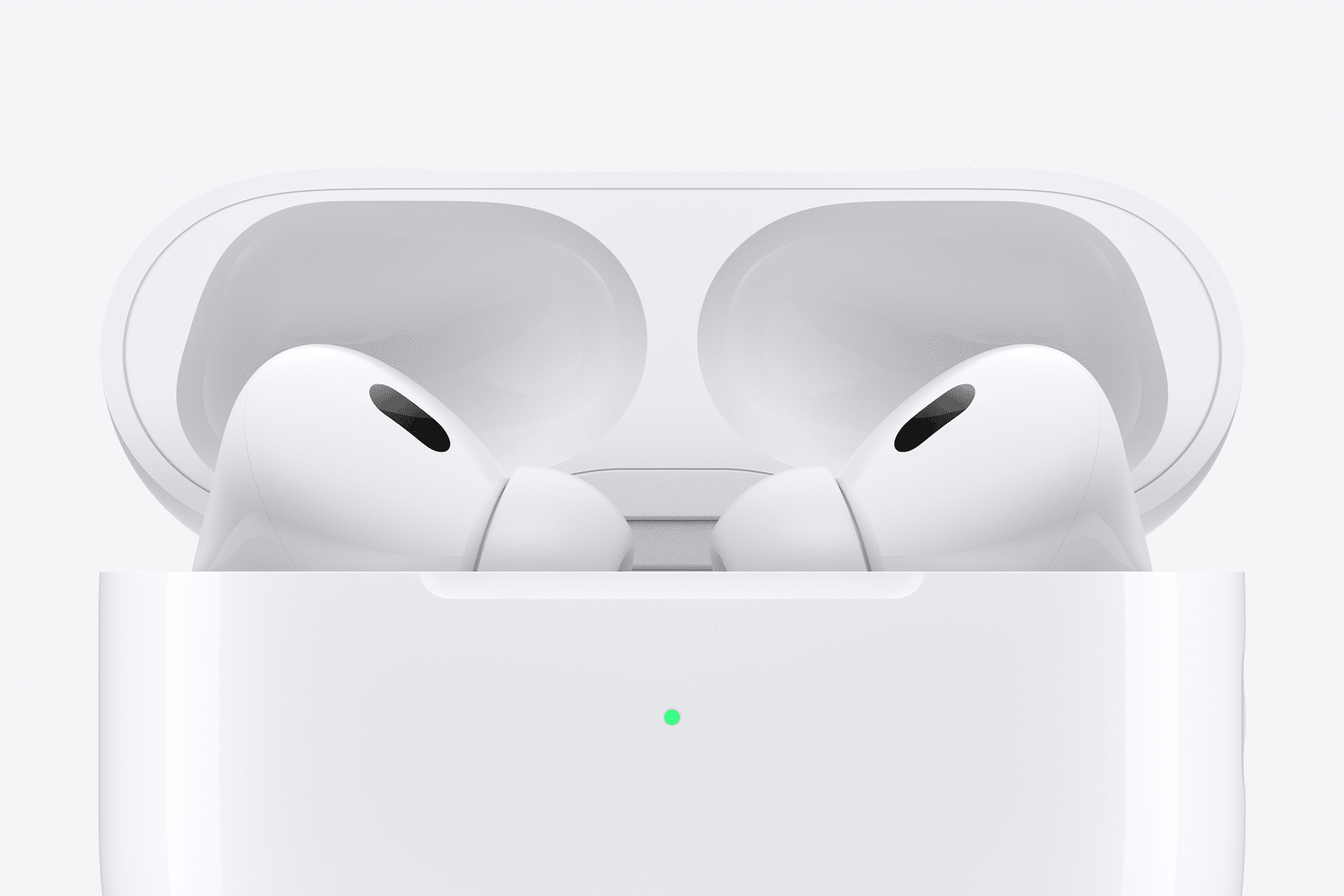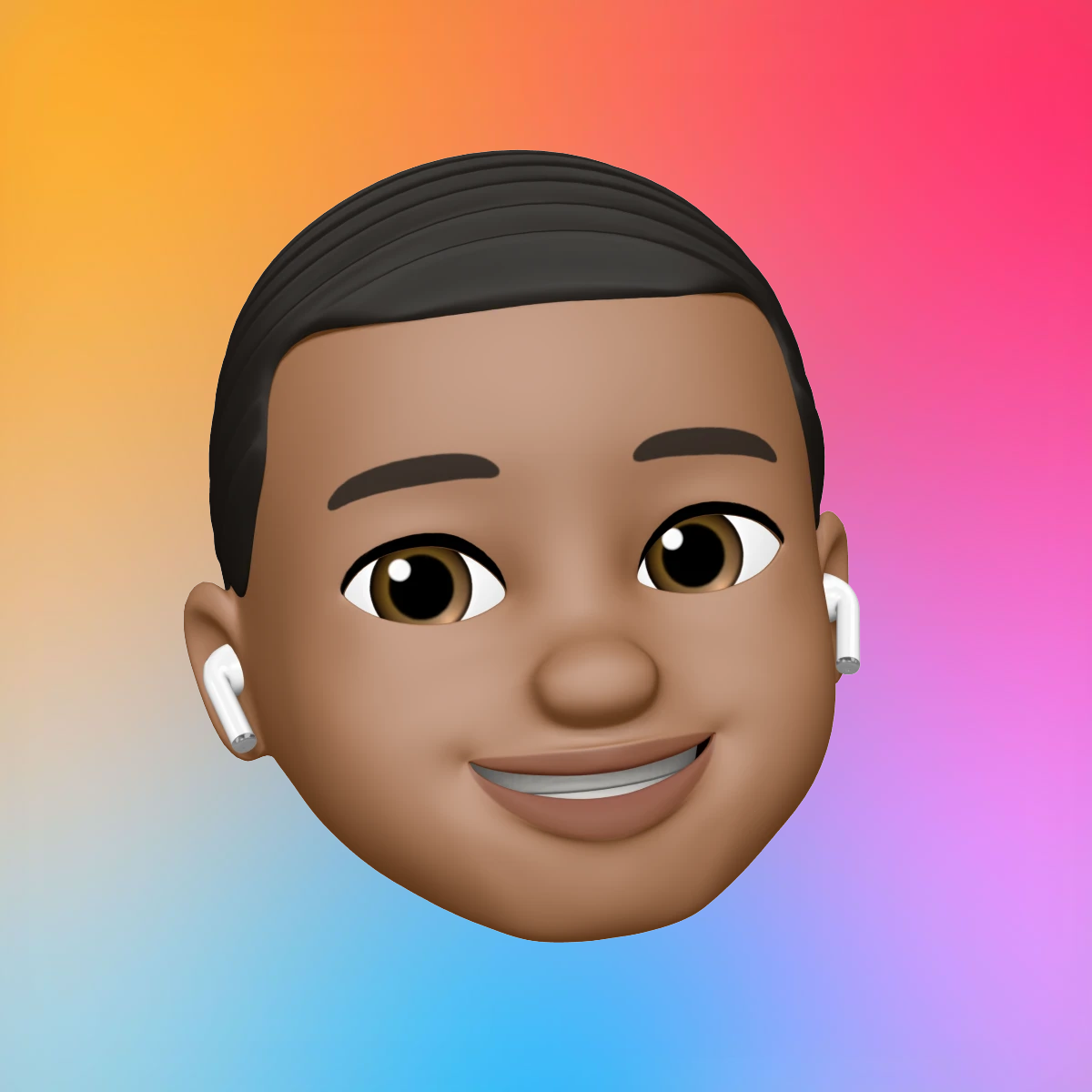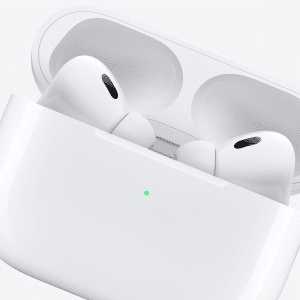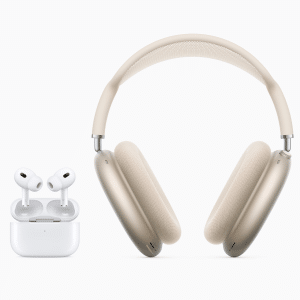In a quiet update to its developer site, Apple confirmed AirPods Firmware for select AirPods models is now accessible to users enrolled in the Apple Beta Software Program. Eligible devices currently include AirPods Pro (2nd generation), AirPods (3rd generation), and AirPods Max.
This is the first time non-developer users will be able to test firmware updates before public rollout—a notable change, given that AirPods firmware updates have historically occurred in the background with little user visibility or control.
According to Apple, participants must use an iPhone running iOS 18 beta and enable developer mode in device settings. Once enrolled, beta firmware for supported AirPods will automatically install over-the-air after pairing with the enrolled iPhone.
1A More Transparent Approach
AirPods firmware updates have long been criticized for their opaque rollout process and lack of detail. Unlike major OS updates, AirPods firmware typically installs silently, and Apple rarely publishes comprehensive changelogs. The public beta program may address some of those concerns by offering early access to features and possibly more detailed developer-facing documentation.
While Apple hasn’t specified the exact features coming in beta firmware, the launch follows announcements at WWDC 2025 highlighting improved voice isolation for AirPods Pro and a new “Personalized Spatial Audio” profile designed to enhance immersion during calls and media playback.
These features—particularly the new voice isolation capabilities—may be included in upcoming firmware, making the beta program more appealing for users eager to try them before full release.
Caution Advised
Apple warns that beta firmware may not be fully stable and is intended for testing purposes. Users cannot easily revert to publicly released firmware once enrolled. That means those joining the beta should be prepared for potential bugs or degraded performance.
This caution is particularly relevant for AirPods Max users, whose devices are often used in professional or extended listening environments where software glitches could impact functionality.
Why It Matters
By opening AirPods firmware testing to the public, Apple is signaling a more open and iterative development process for its audio products. It offers users early access to cutting-edge features and gives Apple a broader base of real-world testing data—especially useful as AirPods become more tightly integrated with AI-driven sound enhancements and personalized audio features.
For tech enthusiasts and early adopters, it’s a welcome chance to preview the future of Apple’s wireless audio ecosystem. For Apple, it’s another step toward demystifying a product line that has historically operated behind a closed curtain.

